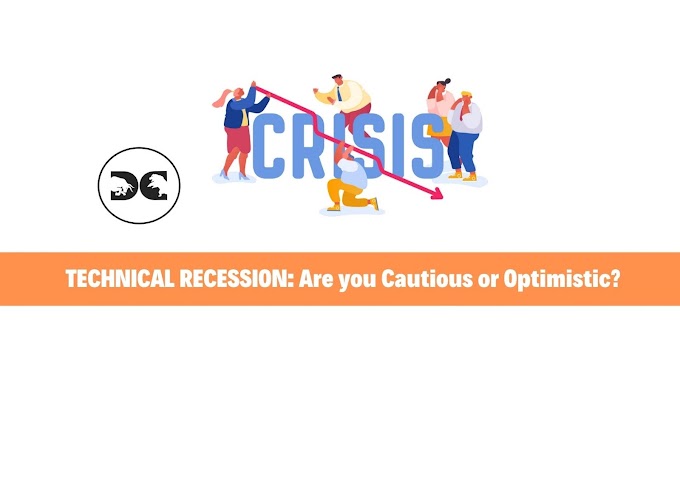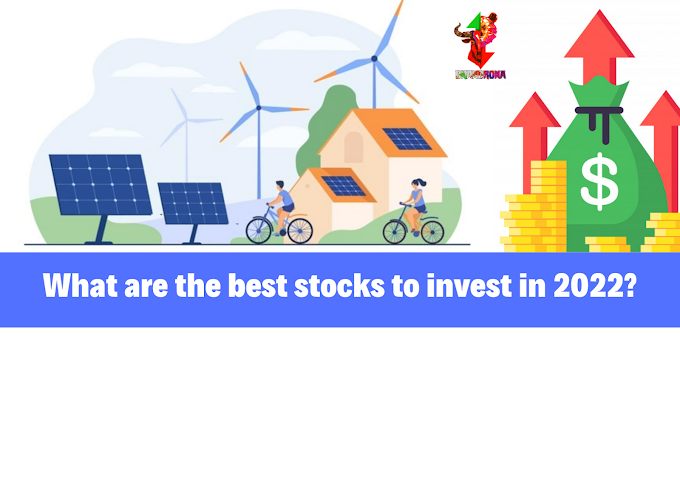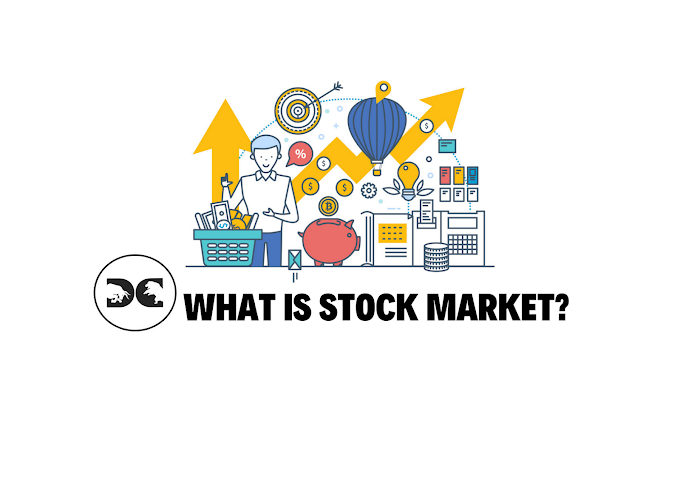The rise and fall of petroleum price is one
of the major decisive factors that influence the rate of inflation and economic
development in a country because everyone is fueled. Last week, retail petrol
price in Delhi touched an all-time high of Rs 98.29/litre, rising by
Rs14.69/litre since the same day a month ago, as Oil Marketing Companies (OMCs)
gradually increased the base-price of the products amid rising international
crude prices.A question that always puzzles and irks most people is why there
has always been a rising trend in oil prices and not a falling trend?
The base price (price to the dealer)
comprises 36% of the retail petrol rates in India, while state VAT makes up 23%
and central taxes account for 37% of the final fuel price paid by the end user.
Freight charges and dealer commission (around 3%) are the other components of
the final price.
Reason
for increasing prices:
The oil companies state that this is
because of the rise in the price of oil imports from $19.9 per barrel in April
2020 to $54.8 in January 2021, which is quite high.
But, if we look at the linkage between the
retail prices of petrol and diesel and the prices of crude oil in global
markets, then a very less influential link between the former and the latter is
evident.
In reality, the prices charged to the
retail petrol pumps by oil companies constitute only around one-third of the
retail prices of both petrol and diesel and, taxes mainly constitute the
remaining part, which is approximately two-thirds of the retail prices. In
addition to this there are 2.5% customs duty and 3% of Social welfare surcharge
on import of crude oil. The primary reason behind this is an astonishing
increase in excise duty by about 80% on petrol, during the period of six years
by the government and the increase in value-added tax was seen to be increased
by 60% in the same period. Hence, it is clearly evident that the increase in
retail oil prices is the result of the higher taxes imposed by the centre and
the state on petrol as well as on diesel.
Looking
at the other side of the coin:
These high taxes on oil products have been
acting as a moneymaker for both the central and state governments. The data for
2019–20 depict that the total direct and indirect taxes imposed on the oil
sector by the government account for a huge amount of 5.5 lakh crores. This
amount is approximately 17% of the total tax collection in India and around 3%
of the gross domestic product.
As per Budget FY22, the revised estimate on
revenue from ‘Union Excise Duties is set at Rs 3.61 lakh crore, as against Rs
2.67 lakh crore collected in FY20. The Budget estimate for FY22 is Rs 3.35 lakh
crore.In FY22, the revenue could be Rs 4.3 lakh crore (Customs duty and other
taxes altogether) , of which over Rs 49,000 crore will come from the
agriculture infrastructure development cess imposed by the government through
FY22 Budget.
Centre
v/s state:
Contrary to this, the share of states has
gone down from 48% to 40% because states only levy royalties on production of
oil and octroi and entry taxes after the implementation of the goods and
services tax. While the cesses and surcharge are not sharable with the states,
they get 42% of the auto-fuel excise duty income from the basic excise duty
component. The states’ tax revenue from VAT on the fuels have fallen 17.6%
annually to Rs 78,164 crore in the first half of FY21.
The
less-visible positive sides:
In this situation of a moderate inflation,
policy makers and economists points towards a bunch of positive sides of this
price hike. As two-third of the petroleum price is taxes, which include many
'cesses', which is now used for social security programmes. And furthermore,
experts argue that the margin between the retail price and base price can act
as a reserve to absorb the plausible shocks in the crude oil price in the
International market, in the future . In addition to this the government has
already started piling up reserve stocks of petroleum to meet emergency
situations.
Conclusion
As always there are two sides for the price
hike. In my opinion, as the Fiscal deficit of FY22 is decided to be 6.8% of GDP
in contrast to the 9.5% of FY21, it needs to be met by borrowings, which
increases the debt of the country. So it is crusial to attain the estimated
revenue level from ‘Union Excise Duties'.
On the other side because of the inelastic
demand for oil and its ultimate impact on the consumers, it has been an easy
choice for the government to impose higher taxes. More importantly, the
middle-income groups which suffer from the immediate effect of the hike in oil
prices such as disproportionately higher transport costs, have very little
importance in political concerns, hence, they can not resist such a hike in
prices.
On the contrary , the government is
providing substantial tax cuts to the corporate sector and on the other hand,
it is trying to make more and more money from petrol and diesel consumers and
states.










Social Plugin